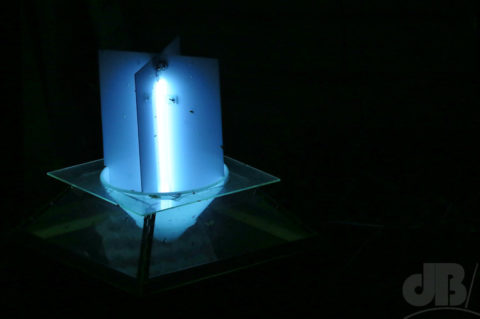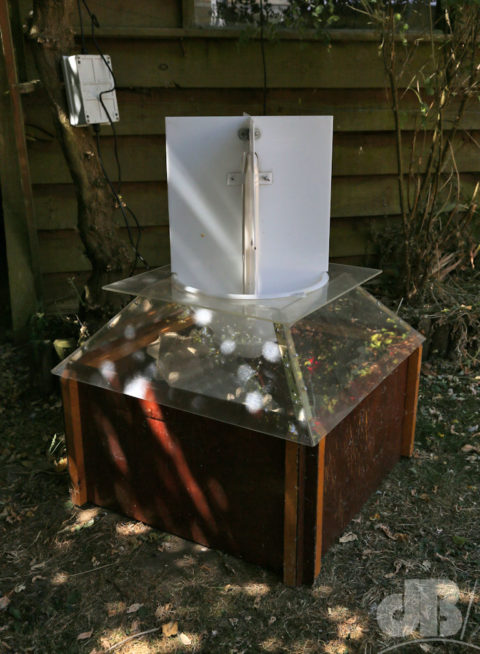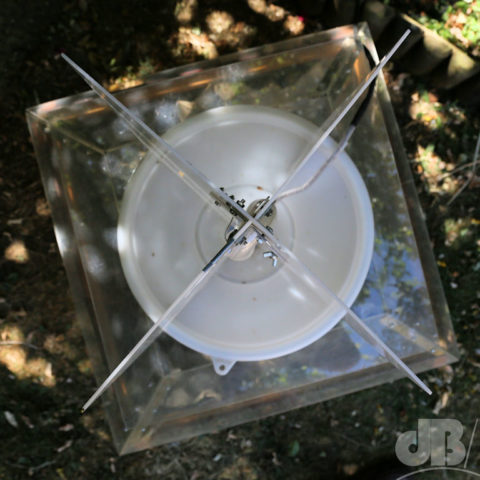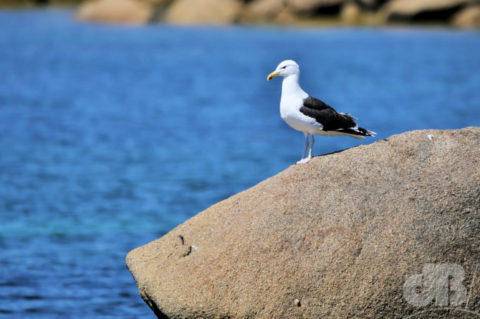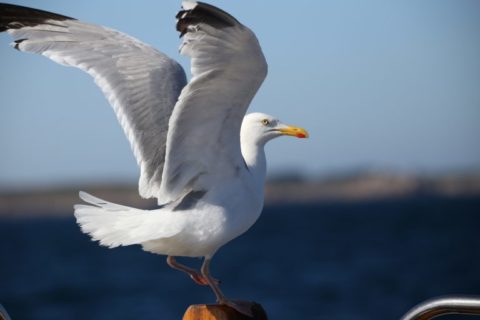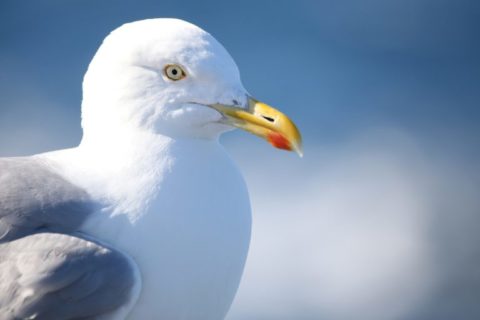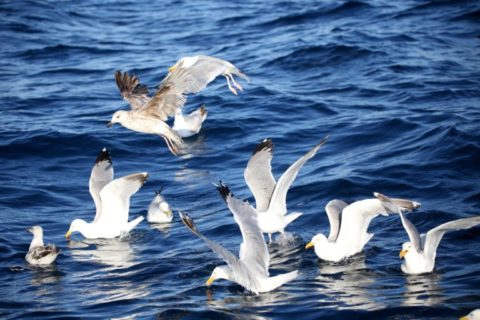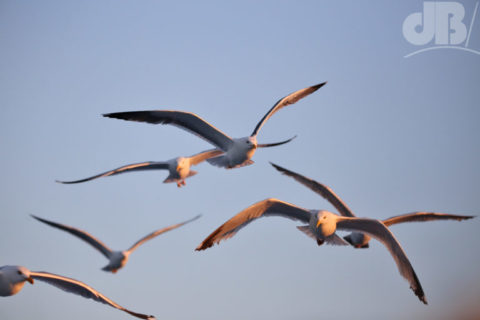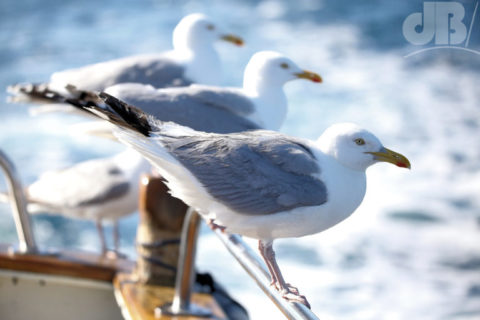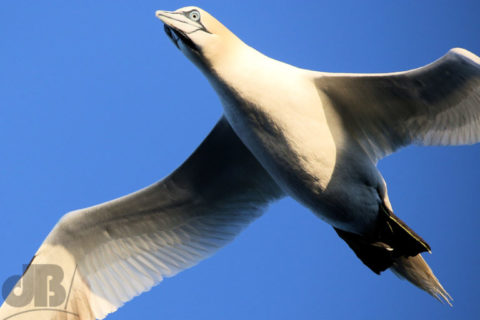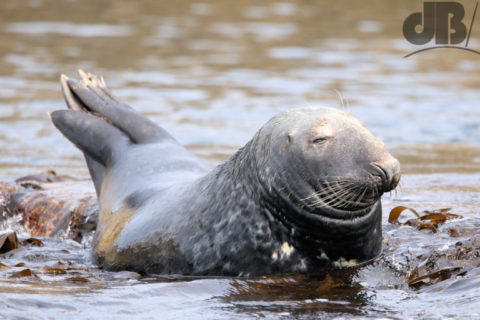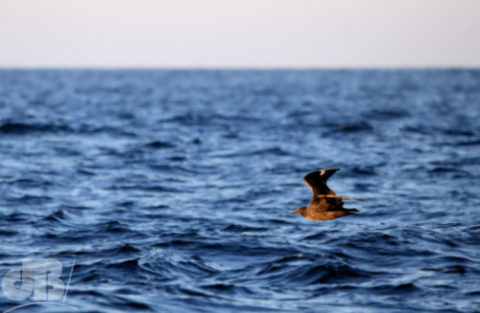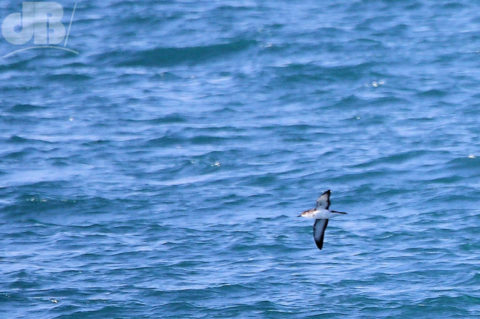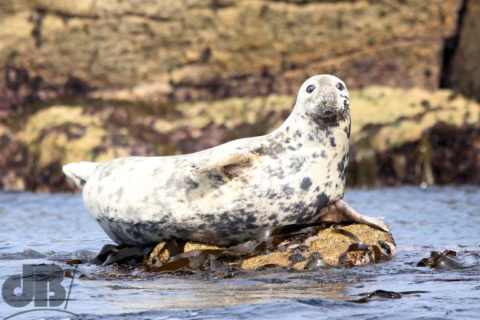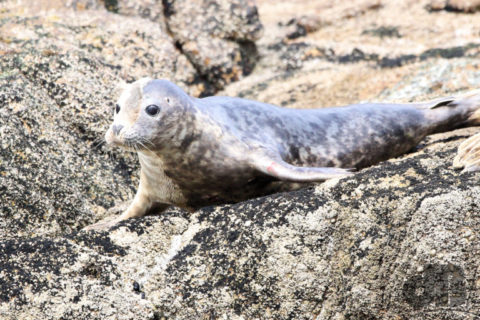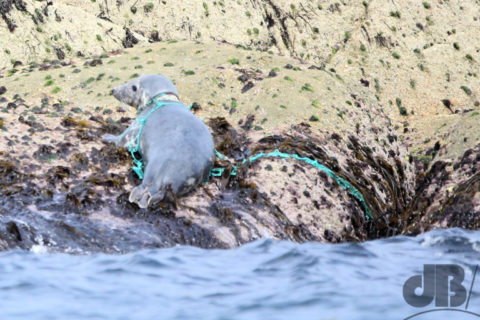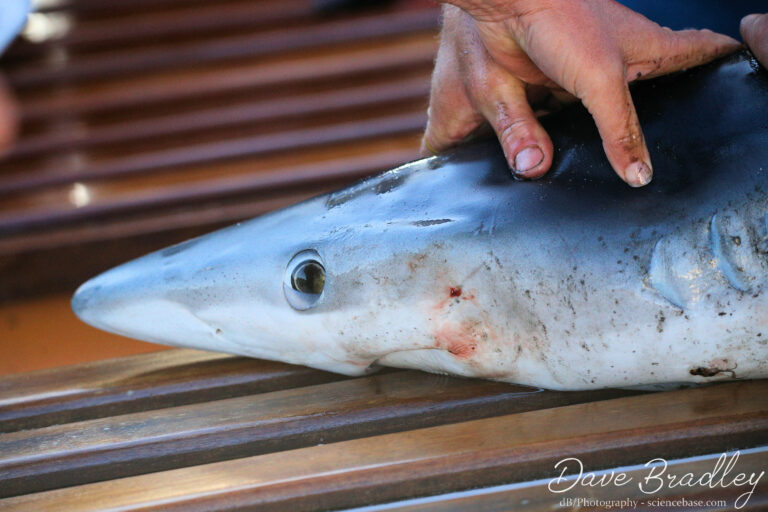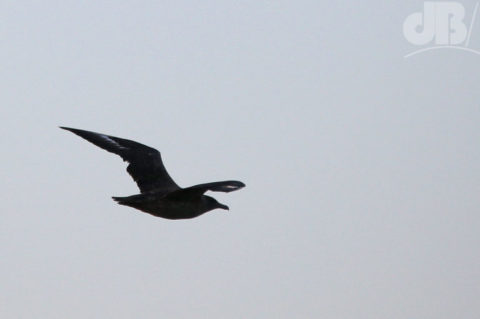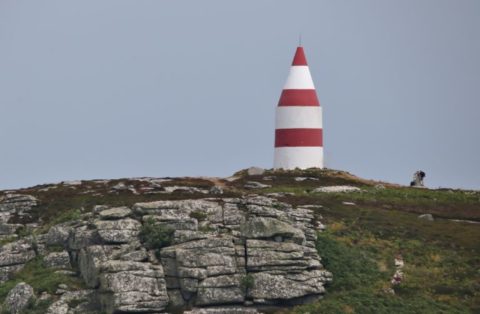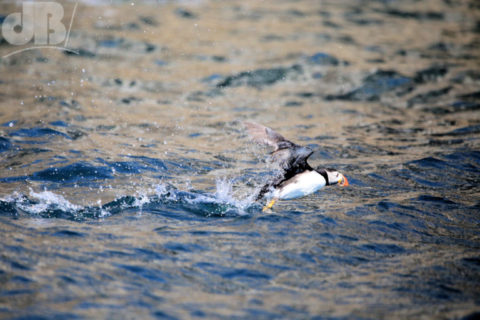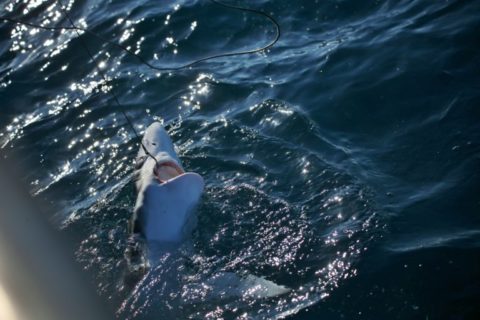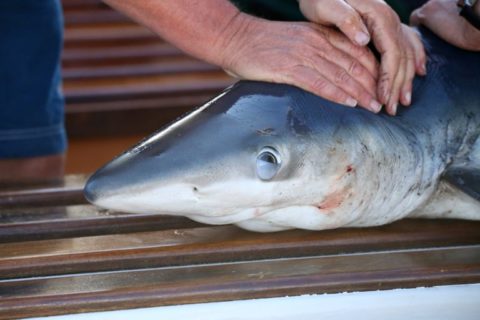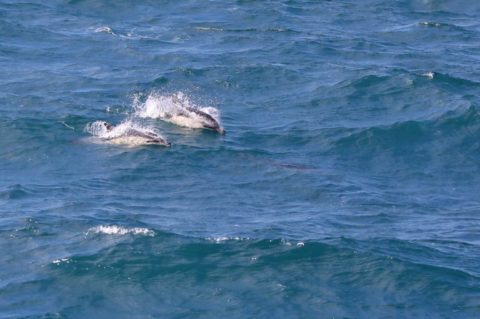…the long, hot summer? You want to be a rebel and turn your hosepipes on! — Damon “Badly Drawn Boy” Gough (Born in the UK).
Great song, a very British version of Born in the USA, and far better to be frank.
Anyway, where was I in ’76, just entering my second decade in the North East of England and then to the scorched earth of Great Yarmouth for our summer hols…we visited The Norfolk Broads and even Lowestoft. The day after we got home, that town was flooded, and the Minister for Drought (Denis Howell) was quickly renamed the Minister for Floods and rather than organising water bowsers, standpipes, shared baths, and demanding we let our plants die, was forced to organise buckets for the bailout.
Fellow science journalist David Shuckman is also reminiscing about the summer of ’76. He was doing his A-levels, so he must be 7 or 8 years older than me. He’s looked at the differences between that long, hot summer and the current one. It was 30+ in the shade here, just outside Cambridge, earlier in the week, and while the patio slabs feel hotter and have scorched my bare feet (only myself to blame), it’s actually only got to 29 today.
Apparently, it’s a weak jetstream and cyclic Atlantic surface temperatures that have led to this long hot, dry spell (I don’t think it’s rained here since May). But, there’s also the effects of global warming, which may well have nudged on the effects of the weak jetstream and the Atlantic temperature. However, as Shuckman points out, the high pressure keeping the British Isles warm and dry in ’76 was further to the East, which meant it sucked up hotter, more humid air from the south that made it even more sultry at night than it has been this year (honest!).
But the current UK heatwave isn’t just a UK phenomenon, countries across the globe that aren’t directly affected by the Atlantic, the jetstream, and shared baths are also suffering. It’s possible that the heatwave will persist through August, there are storms forecast here for the weekend, but minimal chance of rain. Shuckman points out that East Anglia generally gets less per capita rain than Jerusalem. So, it could be that those standpipes are going to have to be brought out of storage, and if you’ve only got a cubicle shower in your en suite and no bath, you’re going to have get even more intimate than they did in ’76. Oh, and back then, they had two years to wait till Jilted John.
